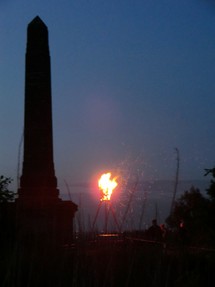 Until the 16th century, Summer Solstice meant just one thing in Britain and most of Europe - fires! It was a tradition which could be traced back with confidence over eight and a half centuries. More tentatively, there's an argument that these fires had been lit every Midsummer for fifteen hundred years.
Until the 16th century, Summer Solstice meant just one thing in Britain and most of Europe - fires! It was a tradition which could be traced back with confidence over eight and a half centuries. More tentatively, there's an argument that these fires had been lit every Midsummer for fifteen hundred years.
Unfortunately, they had picked up some Catholic influences over the 13th-16th centuries, which was the excuse that the Protestants of the Reformation used to stamp them out.
However, the Midsummer Fires died out slowly. As late as the early 20th century some isolated rural areas still lit them. Then Cornish nationalists picked up the tradition, reviving it as part of regaining their heritage.
The baton got passed to the Pagans, who started to become more public with their Summer Solstice Fires in the second half of the 20th century. In short, they were never really extinguished completely and they are enjoying a resurgence now. (For the full story, may I recommend Ronald Hutton's The Stations of the Sun.)
But what did the fires all mean? In a superficial sense, they were an excuse for a great party. Around the bonfires and wake fires, feasts were shared and feuds were forgotten. It was a great show of communities pulling together and relaxing in a spirit of goodwill.
In a deeper sense, it was all about protection and blessing. Basking in the sun - in all that heat and daylight - people were healthier than they may have been in the cold of winter. Food was more plentiful. This was as strong as they would be all year (a situation which has been altered for modern Western communities, with the advent of electric light, heaters and 24 hour supermarkets).
But humanity isn't the only species to benefit from nature's bounty in this way. Insects were also amassing and they can carry disease. Also the crops were about to become more vulnerable, as worsening weather had the potential to destroy them on the eve of harvest.
What people needed from Midsummer onwards was a great deal of luck and divine intervention. The fires undoubtedly honored the sun above, at the zenith of its strength.
As torches were carried around fields, burning branches wafted over and under cattle, and individuals leapt over the wake fires, it was all with the same purpose in mind. They were seeking some of the sun's protection and blessing for the dark times ahead.
Even the feeling of goodwill could play into this. If you have made a friend of your avowed enemy at the Midsummer fires, then you won't have to watch your back with them in winter. If you've been generous with your neighbors during the party, then your kindness may be repaid when the earth freezes or illness plagues your family.


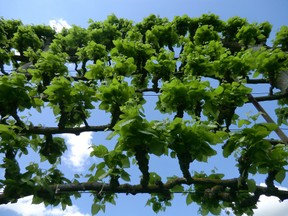 As a solar directed festival, the date of Midsummer changes each year. It generally falls between June 20th and 24th, in the Northern Hemisphere.
As a solar directed festival, the date of Midsummer changes each year. It generally falls between June 20th and 24th, in the Northern Hemisphere.



 Until the 16th century, Summer Solstice meant just one thing in Britain and most of Europe - fires! It was a tradition which could be traced back with confidence over eight and a half centuries. More tentatively, there's an argument that these fires had been lit every Midsummer for fifteen hundred years.
Until the 16th century, Summer Solstice meant just one thing in Britain and most of Europe - fires! It was a tradition which could be traced back with confidence over eight and a half centuries. More tentatively, there's an argument that these fires had been lit every Midsummer for fifteen hundred years.
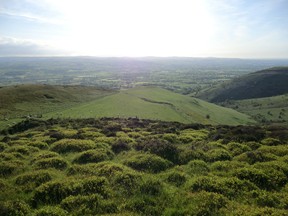 Let's face it, it's a party to end all parties.
Let's face it, it's a party to end all parties.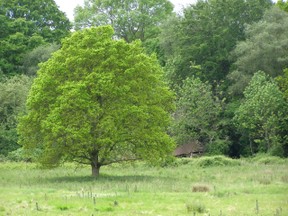 In Wicca, the Goddess never dies. She changes aspect between Maiden, Mother and Crone, but always as a single entity.
In Wicca, the Goddess never dies. She changes aspect between Maiden, Mother and Crone, but always as a single entity.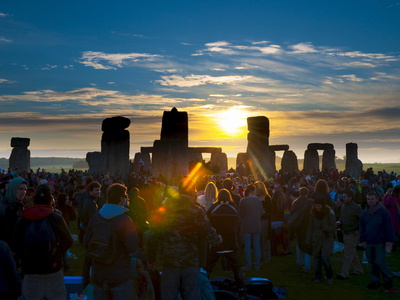
 Summer Solstice is strange for me this year. I usually spend it with friends in perhaps the biggest celebration of all - the Glastonbury Festival of Music and Performing Arts.
Summer Solstice is strange for me this year. I usually spend it with friends in perhaps the biggest celebration of all - the Glastonbury Festival of Music and Performing Arts.




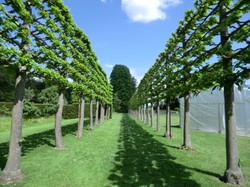

 St Tydecho's Churches in West Waleson 09/03/2014
St Tydecho's Churches in West Waleson 09/03/2014
 Goodies for an Outlander Premiere Partyon 03/06/2015
Goodies for an Outlander Premiere Partyon 03/06/2015
 Holocaust Memorial Day Interview with Rainer Höss, Grandson of Rudolf Architect of Auschwitzon 01/24/2015
Holocaust Memorial Day Interview with Rainer Höss, Grandson of Rudolf Architect of Auschwitzon 01/24/2015
 Romantic Valentine Gifts for an Outlander Fanon 01/16/2015
Romantic Valentine Gifts for an Outlander Fanon 01/16/2015


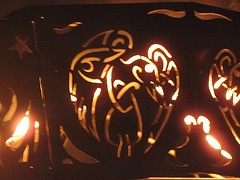
Comments
You're very welcome. Ask away with any questions.
I'm currently in Glastonbury celebrating the Solstice. I've got a very bad cold from hanging around all night, in a storm, on the Tor. :)
Jo, I find this so interesting. I always wondered what Wicca was all about. Thank you for enlightening me.
*shoves a cushion under your head* *then applies cyber-hugs* {{{hugs}}}}
Oh sorry that's what I meant. It's even the title of the article and mentioned at least ten times and I still mixed up the words for some reason. *headdesks*
Glastonbury has a fallow year every five years or so. It gives the organisers and the land a break.
The equinox isn't the same as Midsummer. That's a Solstice. The equinoxes are in March and September. :)
Oh and why isn't Glastonbury on?
This is interesting. I wish I could celebrate like that. It sounds fun. I never knew that the equinox and midsummer were the same thing until now. The more you know I guess. :)